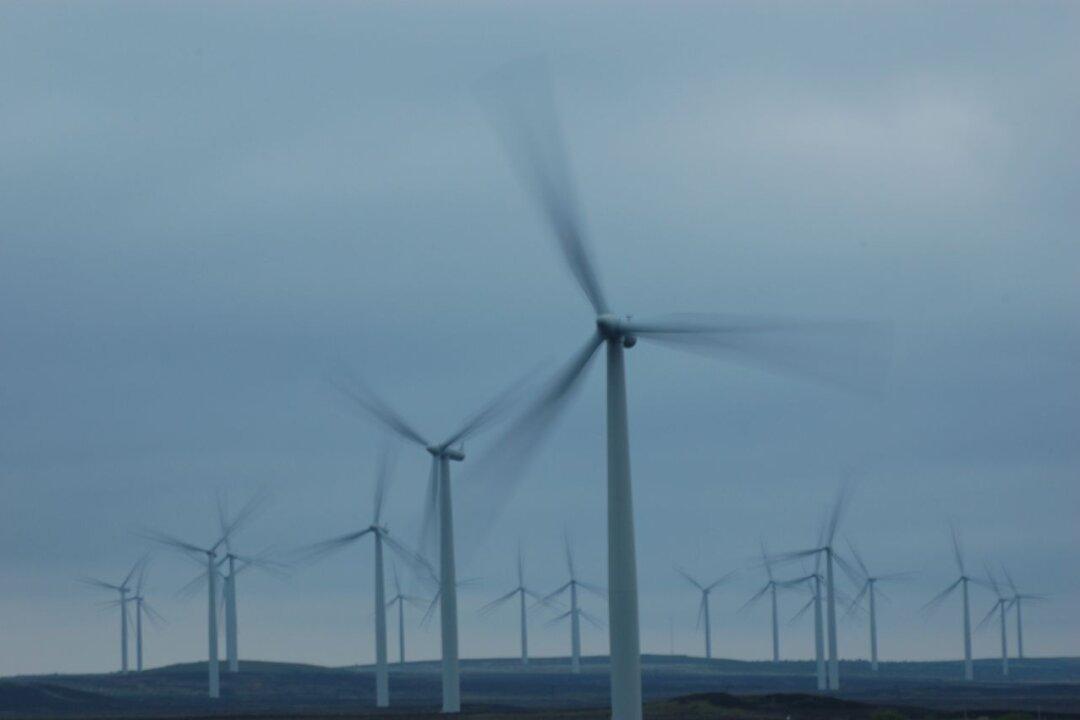Not only was December 2015 the U.K.’s wettest month on record, but it was also exceptionally stormy. Bad news for many, but great news for the country’s wind power and hydro generators.
In fact, storms Desmond, Eva, and Frank meant that throughout December, more than 19 percent of Great Britain’s (not the U.K.’s—as Northern Ireland is not included in the underlying data) electrical energy came from wind, solar, and hydro combined. That’s the highest ever figure for a calendar month.
British energy is now more diversified than ever. In 2015, for the first time, no individual fuel source provided more than 30% of the electricity generated.
